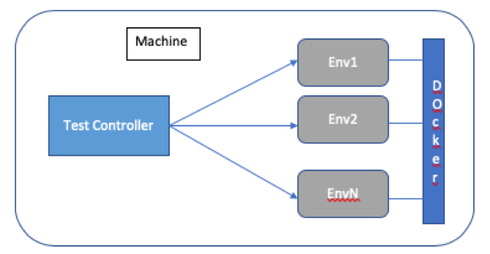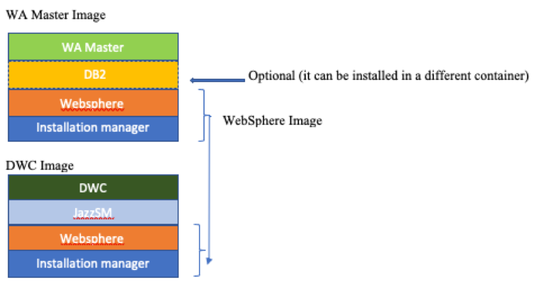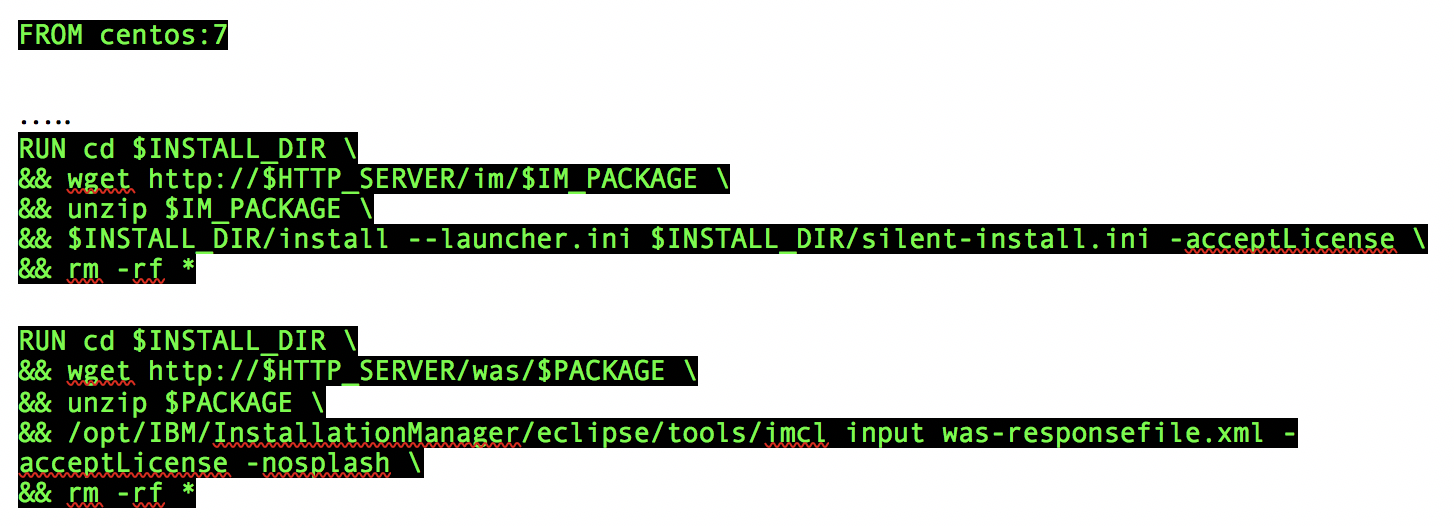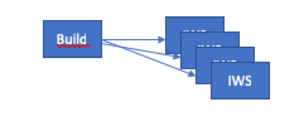|
Workload Automation (WA) 9.5 Server, Console, and Agent components are available as Docker images that can be deployed easier and faster. You may ask yourself whether there is a way to take advantage of the benefits even though you are not yet planning to deploy to the latest version. Is there a way to do this? yes, there is. You can still enjoy the benefits of Docker with the previous WA versions, in this blog post we will show you how. WA is not designed to be containerized, therefore there are no supported ways to containerize IWS and DWC master. Although this applies to production environment, it does not necessarily apply to the test/QA environment. We run IWS instances in containers along with virtual and physical machines in our test/QA environment. We also maintain a registry of docker images for all releases and components, this allows us to compose and deploy virtually any WA environment in a matter of seconds. In the same way, containerizing any WA version 9.x can be beneficial for any customer that wants to deploy WA in their test/staging environments. The main benefits of this approach are:
Let’s start with building an image for the Master Domain Manager (WA Master Image) and an image for the Dynamic Work Console (DWC Image) The first step is to build a WebSphere Image that can be used as a base image for both the WA and DWC Master Image. This image contains both Installation Manager and WebSphere products. The following is an example of the DockerFile: In the example, we used centos:7 as a base image, however you can use any Linux supported distribution, and we assume to have all the packages served by an HTTP server. From this image, we can proceed to create the WA Master Image. Now the installation of the Master requires a supported RDBMS up and running for storing both the configuration and data. At the end of the installation we need to save the WA database and make it available every time we spin up a new WA instance. An easy way to proceed is to package a RDBMS in the same image along with WA. At this point we have a base image with all the prerequisite in place and we can proceed with the WA installation. Notice that both the DB2 and WA instances are bound to the hostname of the machine. We have two options:
In the following example, we use the second option: Let’s go ahead and build the WA image. Once you customized the response file, run the image specifying MDM as the hostname and install WA in silent mode. At the end of the installation we have a container where WA is up and running. Let’s commit the container. Now we can deploy the WA master image multiple times on the same, or on different machines. The main advantage to this method is to install one and deploy N. With the same approach, you can build an image for the DWC. At this point you can compose an environment with DWC MDM running on a private network. At this point you are ready to run the:
Conclusion You can enjoy the benefits of Docker with the Workload Scheduler in just a few simple steps.
0 Comments
Your comment will be posted after it is approved.
Leave a Reply. |
Archives
July 2024
Categories
All
|










 RSS Feed
RSS Feed